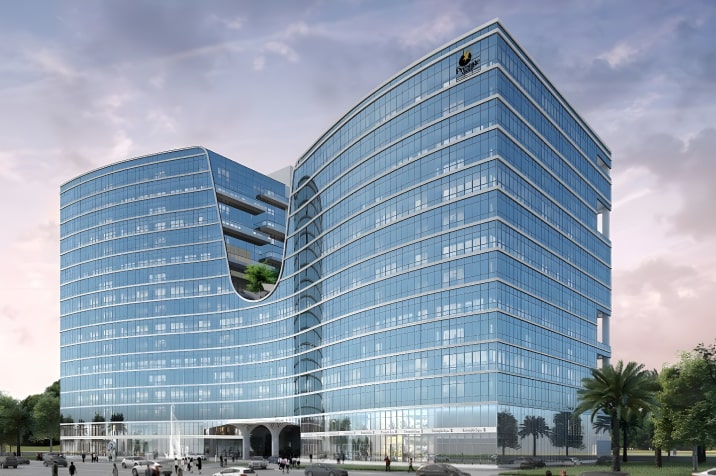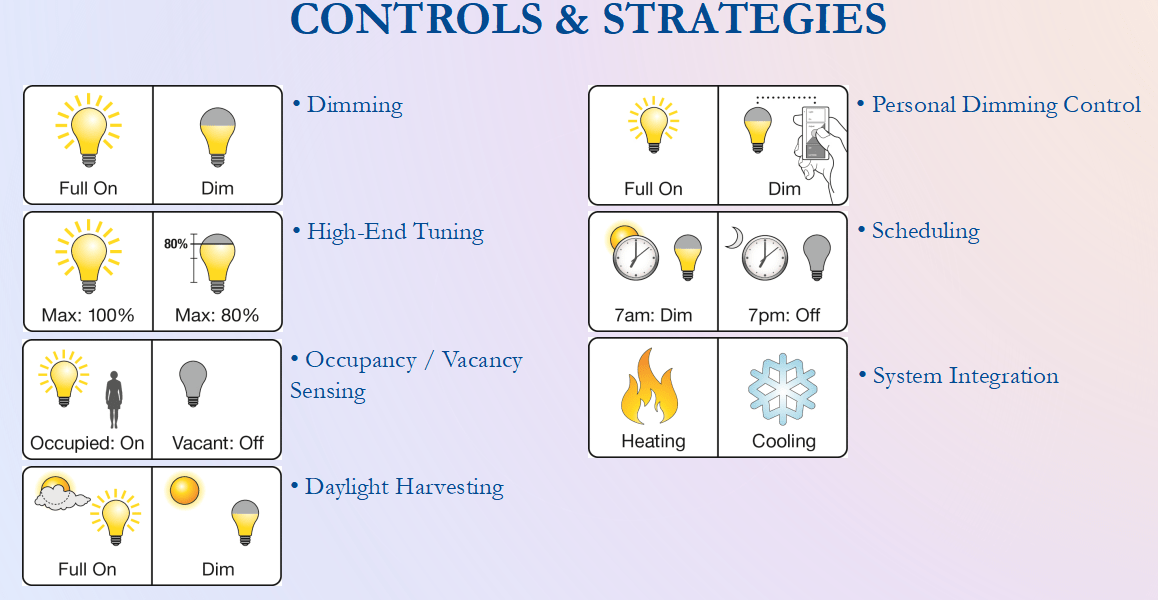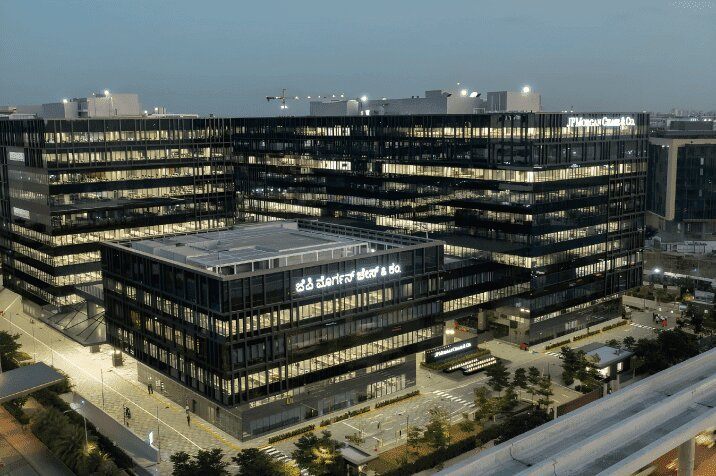
The Terminal 2 (T2) at Kempe Gowda International Airport in Bengaluru
The Building
The Terminal 2 (T2) at Kempe Gowda International Airport, Bengaluru is one such space that transcends the physical structure and serves as a symbol of a globalized world and reminds the people who pass through its expansive spaces to overcome limitations, to explore, and to connect with one another. The T2 Bengaluru is spread over a mammoth 255,000 square meters (or 47 football fields) and is designed as a “terminal in a garden”. The terminal pays homage to Bengaluru’s “garden city” heritage. “The idea was to radically reimagine travel experience by connecting passengers to nature along each step of their journey.” The new terminal offers a sequence of distinctive spaces, each integrated with a variety of landscape features to create a calming oasis within the bustle of an international airport.
The Need
The project’s large scale, combined with the desire for welcoming spaces within the overall framework, was a defining challenge for the design team. To make the most of the building’s glass facade and abundant natural light, the need of integrated lighting control daylight harvesting by drawing natural light deep into the space while mitigating heat gain and glare. Apart from use of standard strategies of lighting control, seamless integration of lighting control sensors was required to save potentially large amount of energy. The system also needed to easily accommodate changes to layout and programming over time continuing to deliver cutting-edge performance for years to come. Wired and Wireless devices which could achieve this were desired.
Finally, the project had to be completed on time and budget, no small ask during a global manufacturing supply-chain.
The Solution
The Public Space LMS Controls Standards were prepared to provide performance based minimum guidance about design, installation and maintenance of Lighting controls systems installed to Terminal 2 (T2) at Kempe Gowda International Airport Bangalore space which is controlled by a Lutron’s Lighting Management System (LMS).
Lutron’s Dali system digitally addressable dimming ballasts communicate with daylight sensors to automatically adjust electric lights in response to available daylight. Occupancy/vacancy sensors and personal controls are installed in common areas and master control rooms to ensure that lights are not left on when an area is vacant, but Facility Team still have control over the lights in their space. Finally, a Lutron Quantum Total Light Management system provides centralized control of all lights and utilizes Quantum Vue software to evaluate, monitor, and communicate energy use.

Public Space LMS Controls Standards
The control strategies are as follows, most of the strategies are self-explainable. Additionally, strategy of System integration included seamless BTL certified BACnet integration of Lutron’s native BACnet enabled processor with BMS (Building Management System).

The entire Arrivals, departures, Check-in, Baggage counters, walkways, waiting Lounge area Lighting is designed for Dali and Switching Lighting luminaires. Luminaires in this area will automatically dim up & down based on the daylight availability through Daylight sensors. Luminaires in these areas are Scheduled for better utilization of natural light entering into the space and to save enormous amount of energy, also Luminaires in this area can dimmed up & down based on the Scenes assigned through personalized master keypad control.

The area Lighting is designed for Dali Lighting and Switching luminaires. When no occupancy is detected for 15 mins through Occupancy sensors, luminaires connected to the respective sensor footprints will be switched off. Luminaires in this area can dimmed up & down based on the Scenes assigned through Wireless keypads.
Beyond system design and installation, success depends on getting the right service and support. Lutron’s 65+ years of expertise and commitment to caring for the customer were critical to Terminal 2 (T2) at Kempe Gowda International Airport confidence in choosing Lutron for the project.
In addition, with the GUI, the Terminal 2 (T2) at Kempe Gowda International Airport facilities team are able to monitor, measure and change settings on their own such as reducing the length of time-outs, without having to consult manufacturer. More important, though, is the reaction from the Public. One of the primary reasons for going with LCS is to provide the right environment for the Public. Occupant comfort is paramount to delivering the right environment. Lutron integrated LCS solutions automatically adjust to help create a vibrant, inspiring public space while saving as much energy as possible.
Schedule a Consultation and Let us Assist you in Determining the Best Solutions for Your Project.
Our seasoned team is eager to engage with your vision, understand your unique requirements, and embark on a tailor made project that exceeds your expectations.

